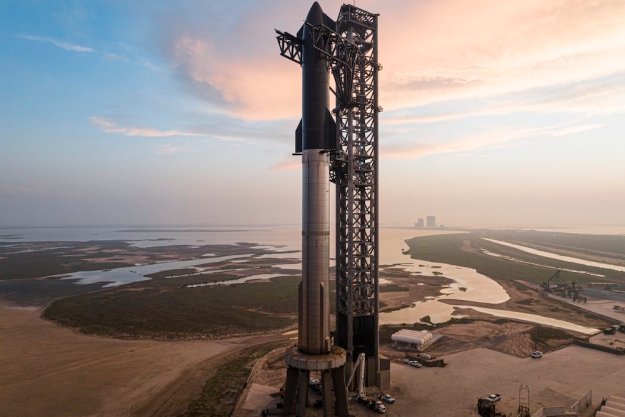UPDATE: Rocket Lab has successfully launched and deployed the two satellites. You can watch the the early stages of the mission below:
Original article:
Rocket Lab is about to conduct the first of two launches for NASA’s TROPICS mission, short for Time-Resolved Observations of Precipitation Structure and Storm Intensity with a Constellation of Smallsats.
The initial flight, lifting off from Rocket Lab’s Launch Complex 1 in Mahia, New Zealand, in a short while from now, will see the company’s Electron rocket heading skyward in its 36th launch since its maiden flight in 2017.
Rocket Lab will live stream the launch — check below for details on how you can watch it.
Once deployed, NASA’s TROPICS constellation will monitor the formation and evolution of tropical cyclones, including hurricanes. The satellites will enable meteorologists to offer communities rapid updates on a storm’s intensity. They will also bring an improved understanding of the processes that shape high-impact storms, and pave the way for the enhanced modeling and prediction of these extreme weather events.
The constellation is part of NASA’s Earth System Science Pathfinder Program and the four CubeSats that will be launched to an orbit of 342 miles (550 kilometers).
The timing of the two TROPICS launches means the satellites are set to reach orbit in time for the North American 2023 hurricane season, which begins next month.
Rocket Lab is developing a system for first-stage booster recovery that involves using a helicopter and a grappling hook to pluck the booster from the sky as it falls back to Earth shortly after launch. However, in the two TROPICS missions, Rocket Lab said it will not attempt to recover the first stage.
The second TROPICS launch will take place no earlier than May 16, with Rocket Lab expected to live stream that mission, too.
How to watch
Rocket Lab is planning to launch the first TROPICS mission using its Electron rocket at 9 p.m. ET on Sunday, May 7, which is 1 p.m. local time Monday, May 8.
The live stream will begin at about 8:20 p.m. ET (12:20 p.m. local time).
You can watch the mission get underway via the video player embedded at the top of this page, or by heading to Rocket Lab’s YouTube page, which will show the same footage.
There’s an outside chance that windy conditions could delay the launch, so be sure to check Rocket Lab’s Twitter account for the latest news.
Editors' Recommendations
- How to watch the final launch of ULA’s mighty Delta IV Heavy rocket
- Five rocket launches to look out for in 2024
- Watch first launch of Europe’s next-gen rocket in ESA animation
- How to watch SpaceX launch largest ever commercial comms satellite on Friday
- Watch Europe’s workhorse Ariane 5 rocket launch for the final time


